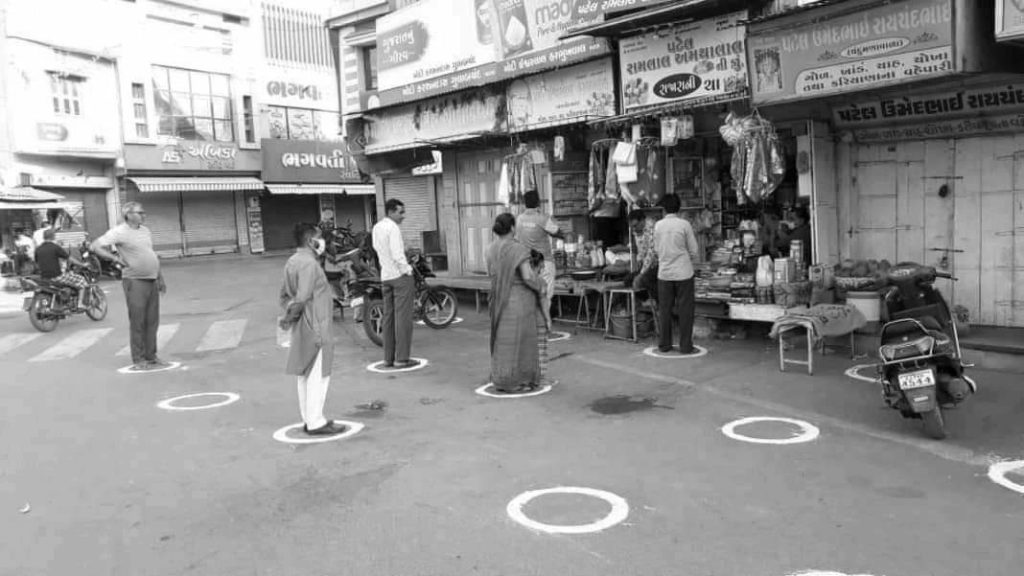
This article first appeared in Mint on 6th April 2020
Till a few weeks ago almost nobody in the world knew what social distancing meant. But since the spread of Covid-19, the term ‘social distancing’ has gone viral too. It implies steps that need to be taken to prevent the spread of coronavirus by maintaining a physical distance between people and reducing the number of times people come into close contact with each other. It involves keeping a distance of six feet from others and avoiding gathering together in large groups. It is critical in curbing the spread of the virus and must be followed as far as humanly possible.
But the term ‘social distancing’ means to avoid being social. That’s unnatural for most humans. Humans are a social and emotional beings. We survive and thrive being social. Children are attached to their parents. Grandparents love spending time with grandchildren. Siblings are emotionally close to each other. We all have friends who are our life supports. In India, house helps are like extended family. But now because of Covid-19 we suddenly need to follow social distancing from the people who are always there for us precisely in times like these. It goes against human nature. That makes using the term ‘social distancing’ inappropriate.
Matthew Liebermann, a social neuroscientist, has conducted several studies on how our brains processes social pain. He finds that to the brain, social pain feels a lot like physical pain. The more rejected the participant felt, the more activity there was in the part of the brain, that processes the distress of physical pain. What’s surprising is that studies show that drugs that treat physical pain, like paracetemol, can also reduce emotional pain like social rejection, because similar brain circuitry is engaged when we feel physical pain. That’s perhaps why we express social pain in terms of physical pain, like “she broke my heart”, “he hurt my feelings”. Social pain is real pain. Social pain is associated with decreased cognitive functioning, increased aggression and engagement in self-defeating behaviors, like excessive risk taking and procrastination. So its safe to assume that social distancing in today’s times must be causing real pain too.
Over the past few days we’ve been seeing people in various countries come out in their balconies and sing songs, play music and cheer the people who have been dedicating their time, risking their lives serving patients and delivering essential supplies. Prime Minister Narendra Modi has addressed the nation twice requesting we all stand in solidarity. It may not mean much for people who can easily take care of themselves during these times. But for the rest of us, his aim is to boost morale, because levels of stress and anxiety are rising. We humans don’t like uncertainty. We don’t know how long it may take for the vaccine to be made available for most of our population. We don’t like being caged in our little homes away from our social bonds. These times call for social bonding, not social distancing. Thankfully social bonding is possible today because of being able to stay connected over voice and video calling. We can talk to each other about how we are feeling, what we cooked, the jokes our children are cracking, the dreams we’re getting at night and details about the quarrels between couples.
On March 20, the World Health Organization officially changed its language. “We’re changing to say ‘physical distancing,’ and that’s on purpose because we want people to still remain connected,” said WHO epidemiologist Maria Van Kerkhove. Language matters. Just like how ‘climate change’ is now refered to as ‘climate crisis’ by media, ‘social distancing’ needs to be refered to as ‘physical distancing’. So start exercising physical distancing and social bonding, because this pandemic is going to last quite some time.